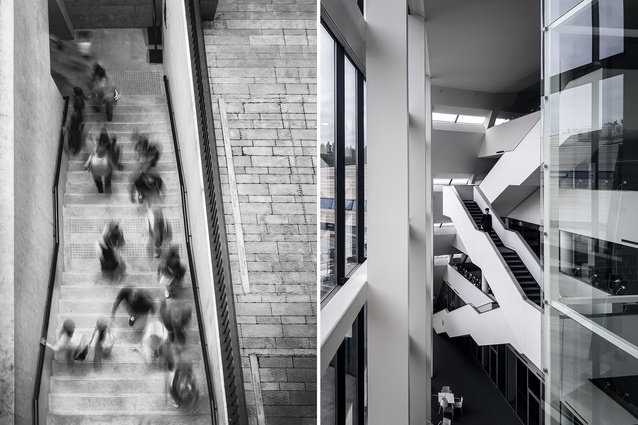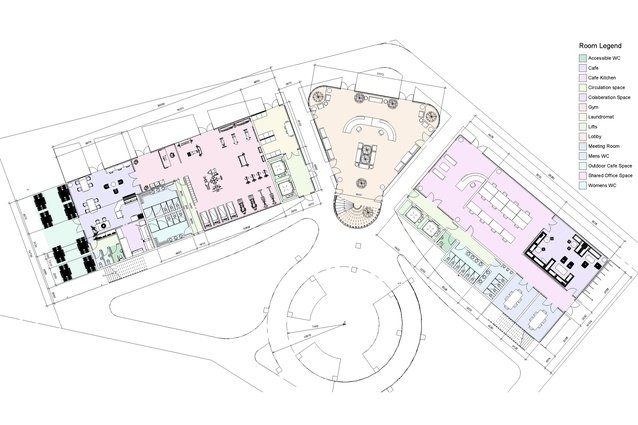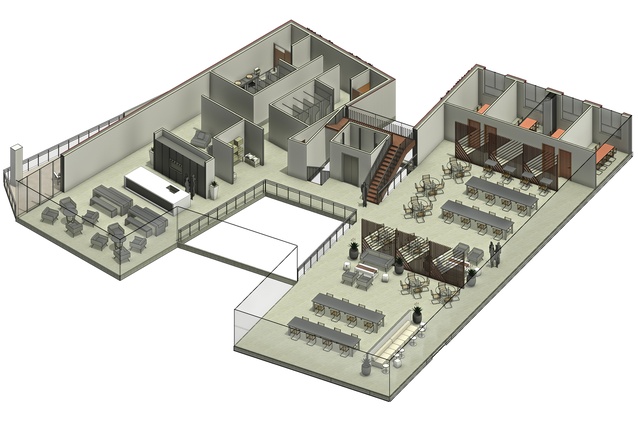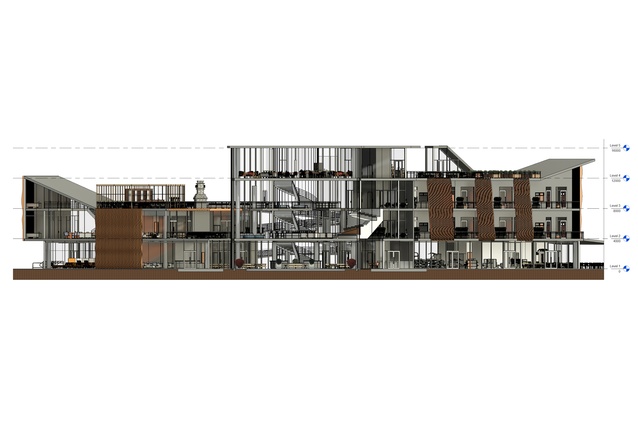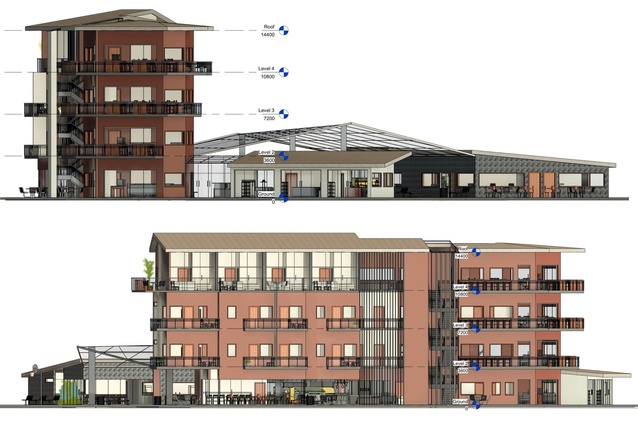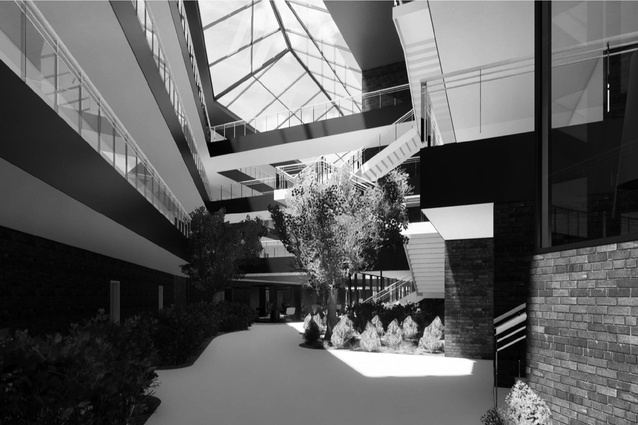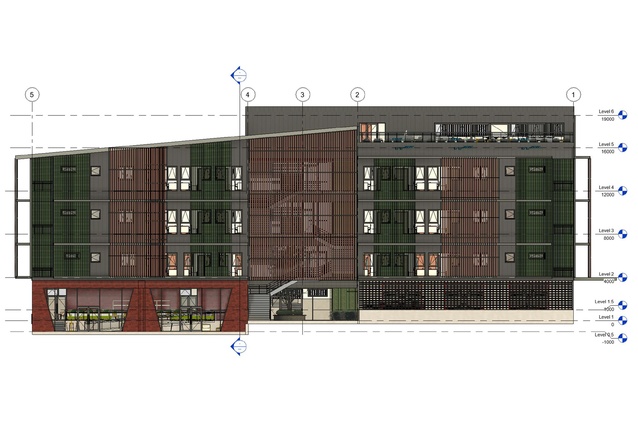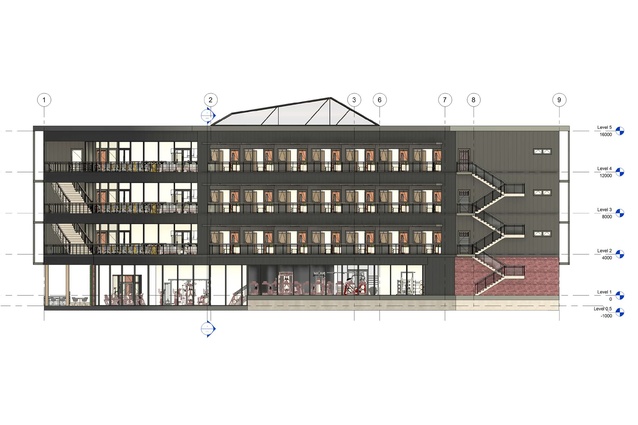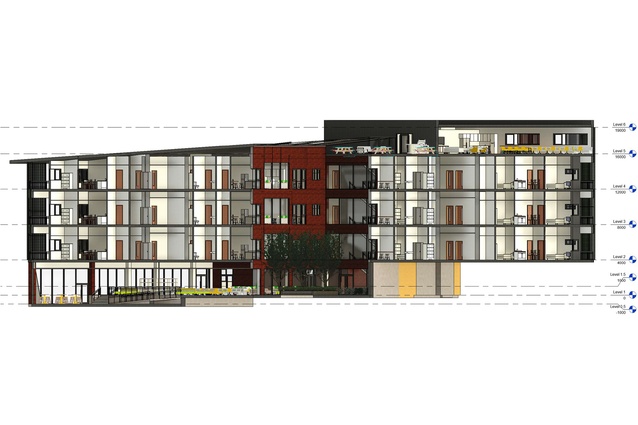Re-imagining the concepts of ‘co-living’ and ‘co-working’
Associate Professor Amirhosein (Amir) Ghaffarianhoseini, Director of Postgraduate and Doctoral Studies at the new School of Future Environments, and Associate Professor Ali Ghaffarianhoseini, Head of Built Environment Engineering Department at Auckland University of Technology (AUT), discuss the significance of co-living and co-working in contemporary architecture and highlight the current focus of the final-year undergraduate research/design studio within their Bachelor of Honours in Architectural Engineering programme.
“With the currently pressing housing unaffordability concerns, rising rental costs and the new lifestyle of younger generations from one side, and the growing interest in collaborative working environments and the increased possibility of working from home from the other side, it makes sense to re-think the significance of co-living/working concepts and their potential for contemporary architecture.
“While there may be a number of users against shared living and working environments, there are many – including younger generations, professionals, temporary workers and more – who appreciate any design concepts that allow them to dwell in their private living spaces while accessing quality, shared communal environments and office facilities with a relatively lower cost. Once efficiently designed, you can still have your private living spaces while enjoying a higher level of social interaction plus using various shared living, working and/or entertainment spaces. Hence, I decided to bring in this idea to my design studios for students to re-imagine these concepts and translate them into new ideas”, says Amir.
Amir highlights that all of his students are involved in an iterative design process to develop a relatively complex architectural project, attempting to design mixed-use community building blocks on a given site in Auckland city. In recent years, the concentration of the studios has been on the theme of “co-living/working.” All students had the flexibility to interpret “co-living/working” based on their own understanding and preferences and translate them into meaningful design implications in the context of their design project.
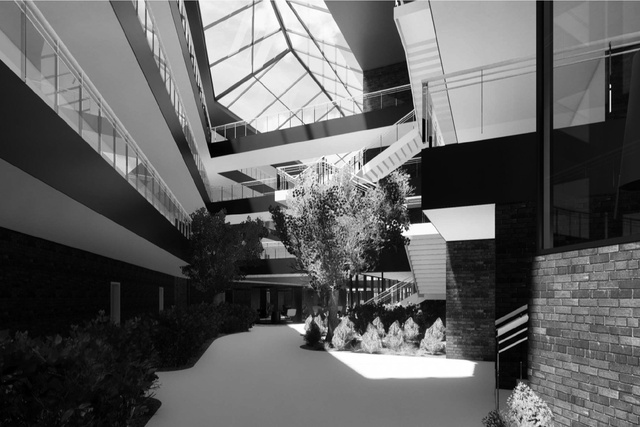
He adds: “It is exciting to see how passionate students are about defining and designing spaces with new qualities and going beyond the edge. The current COVID-19 pandemic has revealed that we need our cities, neighbourhoods and buildings to be constantly evolving rather than being static and fully confined to conventional principles. Hence, why not allow students to think out of the box and propose new ways of living and working? Having said that, being in a pandemic, we have realized that shared indoor environments may not be ideal due to the increased chances of infection transmissions in such spaces. It is, evidently, crucial to strike a balance between shared environments, personal spaces, individual accessibilities, spatial adjacencies and design flexibility.
Ali similarly supports such attempts empowering students to think creatively and initiate making a difference in the industry. He says, “In fact, co-living/working can be considered a component for our future cities’ planning as a supporting element for smart living. The term ‘Smart Cities’ is used in almost every conversation concerning the currently changing built environment. Concrete materialization of this idea, though it might seem a bit far away, would most certainly require a cultural shift.
“Smarter living, as a key attribute of forming a smart city, would necessitate a major transition from static to dynamic spaces. Flexibility and a high degree of freedom will need to become a standard feature of any habitable space within this paradigm. While there should still be a separation of work from life, ensuring a balance, in a dynamic environment designed for flexibility, the work-life overlap should not be neglected.
“The spatial design domain needs to become more resilient. With the lessons learned from the recent pandemic, designers need to entail the possibility of adaptation in their conceptual proposals more than ever. Social separation is perceived as a major side-effect of working remotely, which is progressively becoming a norm. Designing with co-living and co-working in mind can be a possible remedy to diminish the negative impacts of this phenomenon, which can lead to more complex psychological breakdowns.
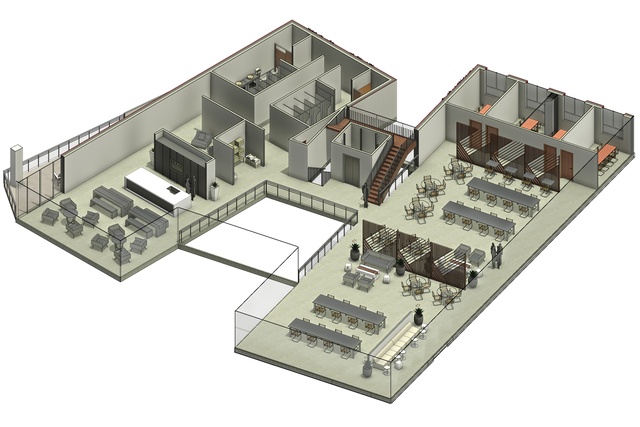
“It is fundamentally important to also contemplate the conceivable adverse influences of co-working settings (if not thoughtfully designed) on staff productivity. It is vital to perform a thorough feasibility study on the typology of tasks being carried out and their corresponding operators in shared office spaces prior to endorsing the suitability of such working spaces both from design and practical-analysis viewpoints. With the considerable proportion of daily usable hours people generally spend in shared office spaces on average – which at times would clearly exceed that of spent outside of work – co-living has inevitably been becoming a common segment of co-working, highlighting the even higher importance of reflecting these principal philosophies when designing to provide a quality experience for the functional lifecycle of the targeted environment.”
With the term “new normal”, which was a revelation to many not so long ago, becoming the actual norm, our perception towards provision of design solutions needs to be consistently adapted. In fact, embracing the potentials while filtering out the challenges of living with COVID, we face a relatively different living/working environment now. While the light at the end of the tunnel might be in sight for certain regions, the post-pandemic built environment is not anticipated to be identical to the pre-COVID era. The need for resilience and flexibility in living/working design territories is more significant than ever, in order to appropriately tackle new challenges and take advantage of new potentials.
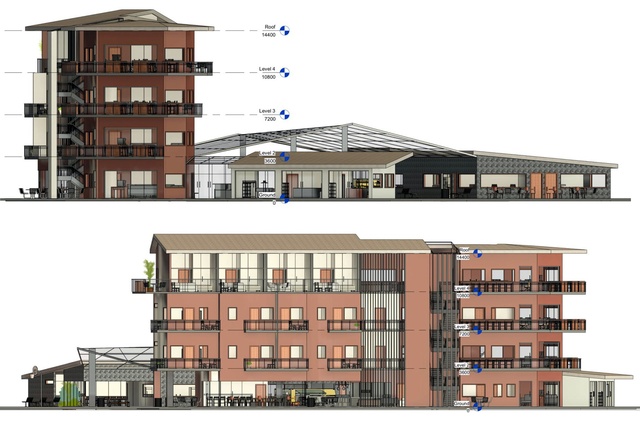
Amir and Ali both conclude, “The concept of user-centred design is a fundamental focus in our architecture design studios to explore the true needs, expectations, and requirements of target users for every building we design. However, is this the common approach we observe and practice in all architecture firms? Do we constantly prioritize the needs of our users during the architectural design process? And more importantly, do we really know what they want? How much are we aware of the new lifestyle of the current and future generations and to what extent do we acknowledge the need for embracing adaptability, flexibility, and responsiveness in our design proposals to meet the ever-changing demands of users?”
Acknowledgement: The architectural engineering students who developed the selected projects in this article include Felicia Duque, Josh Laloli, and Mathew Lewis as part of the course entitled Architecture and Design Development II and Industrial Final Project in the Bachelor of Honours in Architectural Engineering programme in the School of Future Environments at AUT.

